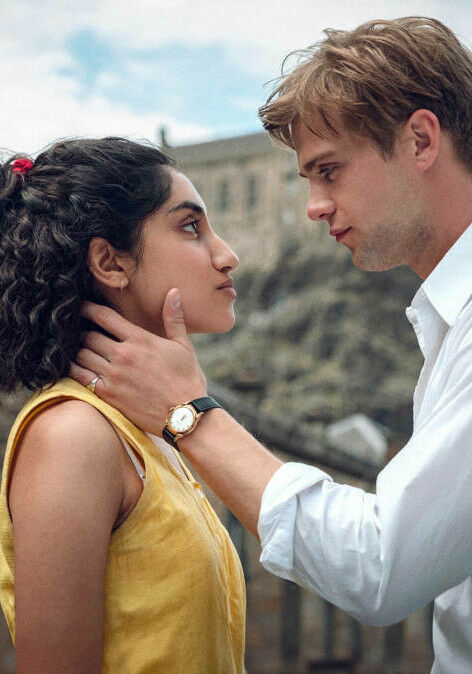AIR Studios engineer Adam Miller opens up about his work as score engineer and mixer on one of the biggest Netflix shows of 2024 so far, One Day. The limited series that had everyone ugly crying tells the decades-spanning love story of Dex and Em as they reunite on the same day every year. Miller explains how it’s all about dynamics…
One Day received critical acclaim and was the most-watched series globally during the week of 12 February, with 9.9 million views. Did you have a feeling when you were working on it that it would be a big hit?
I hoped it would! You never really know with these things. Unless you're sitting next to Christopher Nolan or someone, you never know if it's gonna be a huge smash hit or not. But the omens were good. You can tell when you're watching something if it's been crafted with love and care, so we were all hoping that it would land pretty positively, and it did. It's quite gratifying when so many people see something that you've worked on.
Tell us about your role on One Day as score engineer and mixer. What goes into a project like this?
It’s two easy stages: there's the recording and there's the mix. For One Day, we recorded quite a small ensemble in AIR’s Studio One in July last year. So it had been in the works for a while. We had two scoring days with 11 strings and one harp player that we recorded live. If you've watched the series, it is quite a small, intimate thing.
Most of it is just the two characters on screen and their relationship to each other, so it didn't demand huge amounts of music and this huge scale. We mixed for about a week in total – there's a lot of music to the series.
Obviously it moves through the years and there’s a lot of needle drop music that's in there from the time period. What was particularly nice about this project is that they also used a lot of music from Jess Jones and Tim Morrish, so there are a lot of pre-existing tracks that we used quite early on in the process. The sequences were built around those, so it was quite a nice melding together of the score with these pre existing tracks that the composer's had worked on and music of the period.









